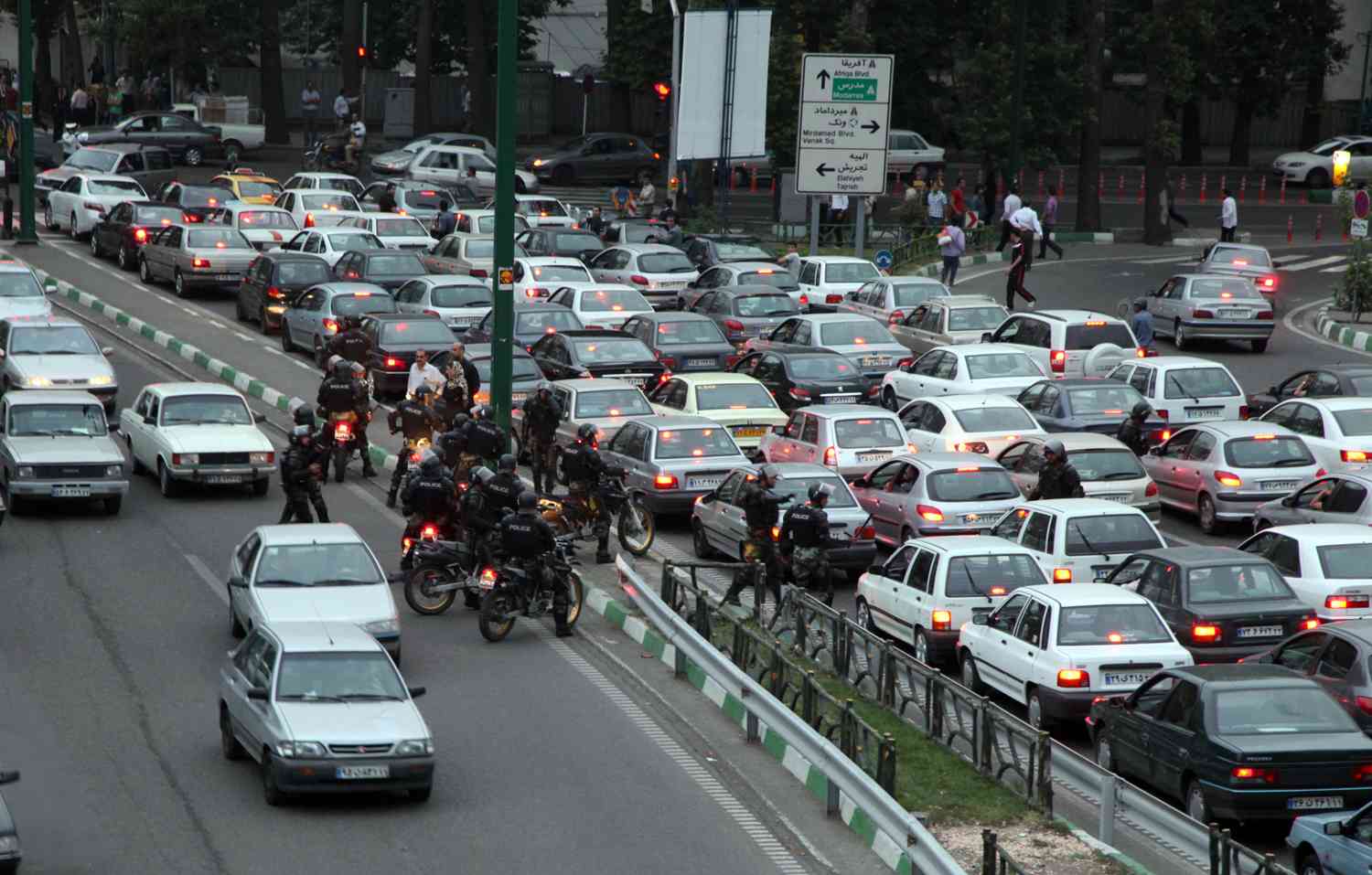Reproduced with permission from The Christian Science Monitor.
President Mahmoud Ahmadinejad and Iranian Supreme Leader Ayatollah Ali Khamenei made a show of reconciliation at the new government's swearing-in ceremony Monday as leading reformist politicians stayed away, signaling their intent to continue protesting an election they allege was tainted by fraud.
Mr. Ahmadinejad's brief spat with Mr. Khamenei last week over a vice presidential appointment that Khameni vetoed has now taken a back seat to the two men's desire to hamstring the forces in Iran that are pressing for a more open system, says Fatemah Shams, a political activist and PhD candidate at Oxford University, whose husband is currently a political prisoner.
"Although Khamenei is very angry at Ahmadinejad ... they are in the same boat, so it was a superficial confrontation," she says. "They just want to mislead people ... and dissuade them from protesting."
Thousands of demonstrators took to the streets of Tehran and other cities to protest the ceremony that, in a rare exception, was not carried live by Iranian television. Maryam, a scared-sounding woman who gave only her first name, told BBC Persian over her cellphone that the security forces were in control of Tehran's main avenues and squares, and described running battles between the police and thousands of people in the side streets. She said that she had seen tear gas shot at the demonstrators, plainclothes agents chasing people into their houses, and heard shots fired skyward. Cries of "Death to the Dictator" could be heard in the background.
Prominent reformers such as former President Hashemi Rafsanjani and defeated presidential candidate Mir Hossein Mousavi were notably absent from the event. In recent days, the government has stepped up its efforts to silence protesters; over the weekend, it began what the opposition called a "show trial" for 100 opposition political activists, some of whom, it alleged, had been tortured into giving false confessions.
Beaming and kissing
After the ceremony, Iranian channels showed clips from Ahmadinejad's swearing-in ceremony. Ahmadinejad beamed as he stood to accept Khamenei's congratulations. The Iranian media had ridiculed Ahmadinejad for his show of subservience in the same ceremony in 2005 when he kissed the leader's hand.
This time, after initially being rebuffed, he kissed Khamenei – the man he described as his "father" earlier this week – on the shoulder.
"The government must take into account and solve the problems of those who were affected by the recent riots," Khamenei advised the new government, adding that "some elites failed" through their performance in the recent election.
A crowd of officials, turbaned clerics, and foreign ambassadors filled the room. A long row of mullahs and military men stretched in an arc behind the stage, partially disappearing behind a curtain. In a photograph circulated by reformist groups, one was identified as Mojtaba Khamenei – the Supreme Leader's son. The younger Khamenei has a Revolutionary Guard background and was identified as leading the crackdown on opposition protests a month ago.
Paying respects
The only presidential candidate attending was the conservative Mohsen Rezaie whose news website, Tabnak, later carried a quote by a member of parliament explaining that "attendance at the ceremony was out of respect for the Leader, not for Mr. Ahmadinejad."
According to the article, several grand ayatollahs in Qom advised Mr. Rezaie, a former commander of the Revolutionary Guard, a militia ideologically allied with Ahmadinejad, to attend in order to strengthen his relations with Khamenei after a period of alienation.
Dozens of parliamentarians and members of the influential Assembly of Experts were missing, and empty places gaped on the platform on either side of Khamenei.
Also missing was reformist cleric Mehdi Karroubi who, like Mousavi and Rafsanjani, was a protégé of Ayatollah Ruhollah Khomeini, the leader behind the Islamic Revolution in 1979.
The pro-Ahmadinejad Fars News Agency alleged that Mr. Karroubi incited antigovernment demonstrations on Monday.
"Failed presidential candidate Mehdi Karroubi appeared at the Beheshti and Vali Asr crossroads to incite participants in the illegal protest," the agency reported.
Policemen dressed in white summer uniforms staked out squares in central Tehran that have become opposition rallying points. Soldiers in green uniforms idled inside parked prison vans often used to ferry arrested protesters to detention centers.
Ms. Shams points out that many of those who stayed away from the inauguration were close to Khomeini, and that the political rivalries in Iran do not break down along simply reformist vs. conservative lines.
"You have all these gaps not just among conservatives and reformists," she says, "but among conservatives themselves."


